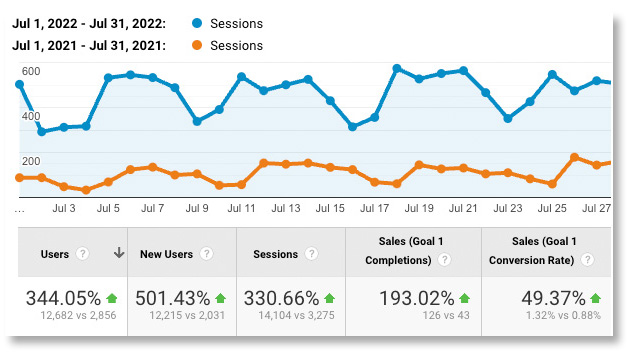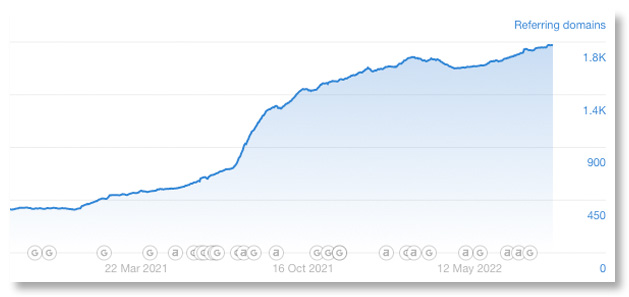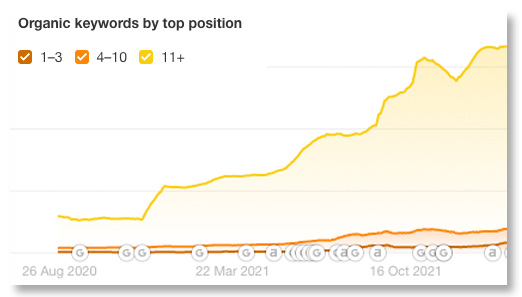We will help your website rank for high-intent keywords that bring high-value organic traffic. We drive sustainable growth by ensuring your organic traffic converts into leads and revenue. More organic traffic is great, but more traffic without conversions? Not so great.
Brands trust Sure Oak because we take the time to understand your business and your goals, and we understand how SEO fits into your digital marketing ecosystem. Our strategic approach to SEO takes into consideration short- and long-term business objectives, current trends, the competitive landscape, and much more.

With our customized outreach for your campaign, our link building packages earn highly coveted backlinks you can’t find anywhere else.


Amazing content that builds trust with your audience will generate the organic traffic and targeted users you’re looking for. We can take your content to the next level.
The Game Plan is Sure Oak’s proprietary, holistic approach to building a solid foundation for your SEO. With this proven process we will create a plan to increase your website’s search rankings, bring more organic traffic, and drive conversions and sales.





Every day, our team puts our proprietary processes to work. From local to e-commerce SEO services, we craft and execute battle-tested SEO strategies backed by supportive marketing services tailored to your specific needs and goals. Our innovative thinking and proven strategies generate real results.
| Cookie | Duration | Description |
|---|---|---|
| cookielawinfo-checkbox-analytics | 11 months | This cookie is set by GDPR Cookie Consent plugin. The cookie is used to store the user consent for the cookies in the category "Analytics". |
| cookielawinfo-checkbox-functional | 11 months | The cookie is set by GDPR cookie consent to record the user consent for the cookies in the category "Functional". |
| cookielawinfo-checkbox-necessary | 11 months | This cookie is set by GDPR Cookie Consent plugin. The cookies is used to store the user consent for the cookies in the category "Necessary". |
| cookielawinfo-checkbox-others | 11 months | This cookie is set by GDPR Cookie Consent plugin. The cookie is used to store the user consent for the cookies in the category "Other. |
| cookielawinfo-checkbox-performance | 11 months | This cookie is set by GDPR Cookie Consent plugin. The cookie is used to store the user consent for the cookies in the category "Performance". |
| viewed_cookie_policy | 11 months | The cookie is set by the GDPR Cookie Consent plugin and is used to store whether or not user has consented to the use of cookies. It does not store any personal data. |